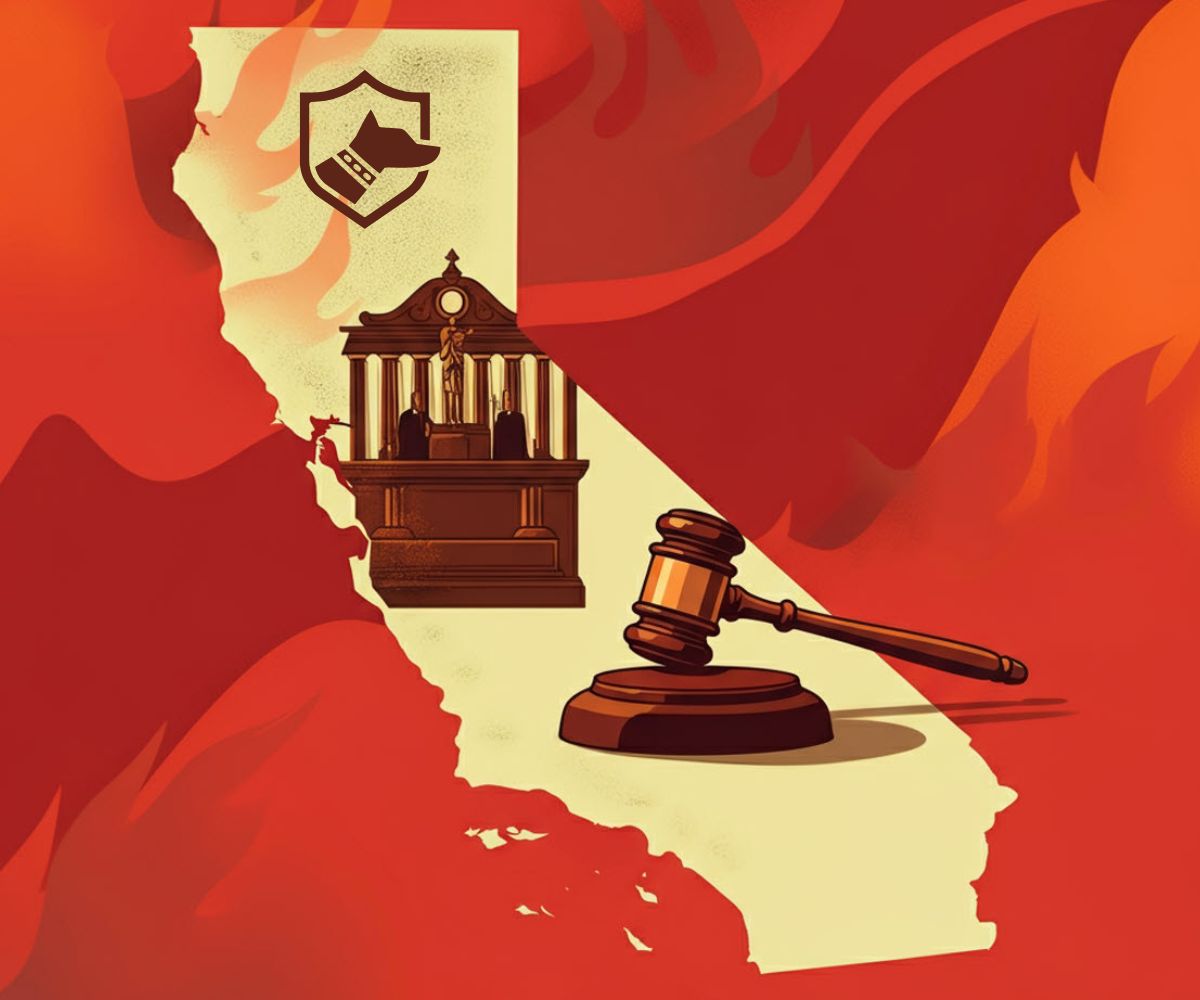Lawsuit Targets California Insurance Commissioner Over Home Insurance Surcharges
A courtroom battle is brewing in California over home insurance surcharges tied to devastating wildfire losses, thrusting Insurance Commissioner Ricardo Lara into the spotlight. The legal challenge, filed by the advocacy group Consumer Watchdog, alleges Lara violated state law by enabling insurance companies to pass on the financial burden of wildfire damage to policyholders. At the center of this fight are the ripple effects of the Pacific Palisades and Altadena fires, which left a staggering $4 billion in damages and obliterated nearly 17,000 structures.
Yet, this lawsuit doesn’t just hinge on legal technicalities. It’s opening a broader debate about fairness in the state’s insurance system and the growing strain of wildfire costs on homeowners across the Golden State.
The FAIR Plan and Its Explosive Growth
California’s FAIR Plan, the state’s safety net for homeowners who can’t get insurance through the standard market, lies at the heart of this controversy. Designed as a last resort, the FAIR Plan has grown worryingly fast as private insurers withdraw from high-risk, fire-prone areas. Membership has jumped from 200,000 policyholders in 2020 to nearly 560,000 this year.
This surge reflects a harsh reality for homeowners in wildfire-vulnerable regions. Once considered a backup option, the FAIR Plan has become a necessity for many. Its stripped-down coverage and higher premiums leave policyholders feeling exposed. “It’s not sustainable. We’re paying more for less while seeing these fires wipe out communities,” said Laura Greene, a Pacific Palisades resident who recently had to switch to the FAIR Plan.
Last year’s fires exacerbated the strain. The FAIR Plan exhausted its reserves and reinsurance, leaving it grappling with billions in losses. To stay solvent, the organization issued a $1 billion assessment against the private insurance companies that fund it, with permission from Commissioner Lara to recoup nearly $500 million via policyholder surcharges. Consumer Watchdog claims this financial tap dance comes at homeowners’ expense.
Consumer Watchdog’s Legal Challenge
Consumer Watchdog is not taking kindly to what it calls the “socialization of losses,” where costs are shifted from the insurance industry to average Californians. Their lawsuit, filed in Los Angeles Superior Court, alleges Lara sidestepped proper procedures by approving the assessment policy through administrative action rather than legislation or public input.
“There’s simply no precedent or statute allowing these costs to be dumped on consumers,” said Ryan Mellino, an attorney for the group. “Homeowners are already struggling to afford coverage. Adding hundreds, if not thousands, of dollars in surcharges will make their policies unaffordable.”
Stakeholders like the American Property Casualty Insurance Association argue the surcharges are unavoidable. “The costs have to be distributed somewhere,” said Denni Ritter, the organization’s spokesperson. “Blocking recovery efforts like these risks collapsing the FAIR Plan and destabilizing an already fragile market.”
But for homeowners like Maria Lopez, who lost her Altadena home in January’s fires, these arguments ring hollow. “The insurance industry made billions when times were good. Why do we have to pay for them abandoning us now?” she asks.
Commissioner on Defense
Caught in the crossfire, Commissioner Ricardo Lara has defended his actions as part of a broader strategy to stabilize California’s insurance system. His office stresses that the surcharges are a worst-case-scenario mechanism and are not automatic. “We understand these are difficult decisions, but they’re necessary to maintain access to coverage for Californians,” said Gabriel Sanchez, Lara’s spokesperson.
The Department of Insurance is working to lure private insurers back into the market through concessions like allowing higher premiums and factoring climate risks into rates. Critics like Consumer Watchdog argue that these concessions amount to a bailout with no guarantees of long-term stability.
A Perfect Storm for Higher Rates?
There’s no question that California’s wildfire crisis has reshaped the insurance landscape. The cumulative price tag of blazes since 2015 has made private insurers wary and left the state dealing with rising costs, displaced policyholders, and a system struggling to keep up.
Experts warn that the lawsuit’s outcome could create ripple effects for the entire industry. If Consumer Watchdog succeeds, other states might follow suit, challenging insurer-friendly policies. If the case fails, surcharges could set a precedent for how catastrophic losses are financed nationwide.
What’s Next for Homeowners?
Whatever the outcome, one thing is certain: This case underscores the need for systemic changes. Mitigation efforts like improved fire-resistant building codes are becoming non-negotiable. The state appears to be doubling down on wildfire preparedness, with discussions around requiring defensible spaces and promoting community-wide mitigation projects.
Meanwhile, homeowners are learning to adapt. Staying informed and exploring coverage options are must-dos in this volatile market.
California’s wildfire-fueled insurance crisis is shaping up to be one of the most significant challenges the state has faced. The stakes couldn’t be higher for homeowners, insurers, and policymakers navigating the blame game and searching for sustainable solutions.


